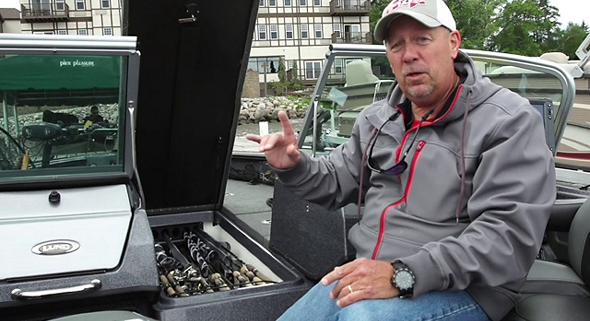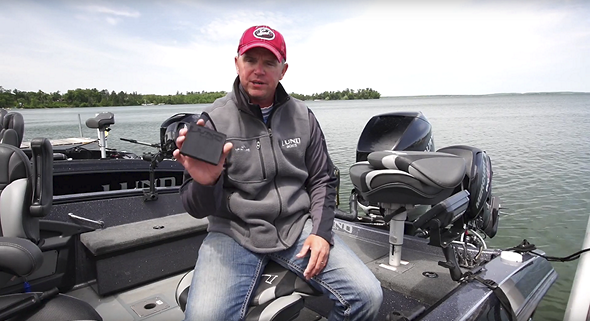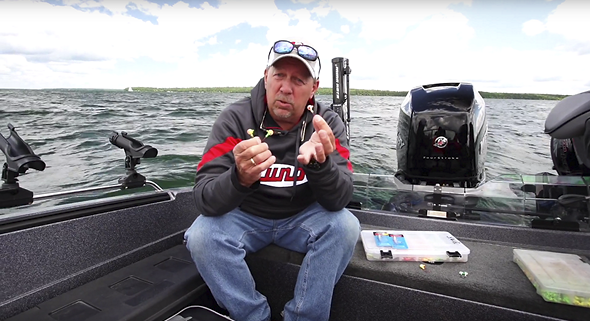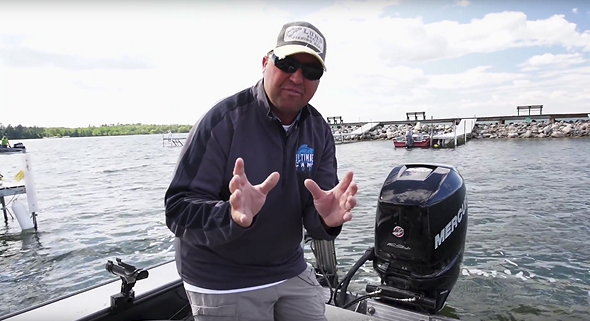How to Troubleshoot Fishfinder Transducer Problems
Knowing how to fix a fishfinder that is not working is a good skill to have as an angler.
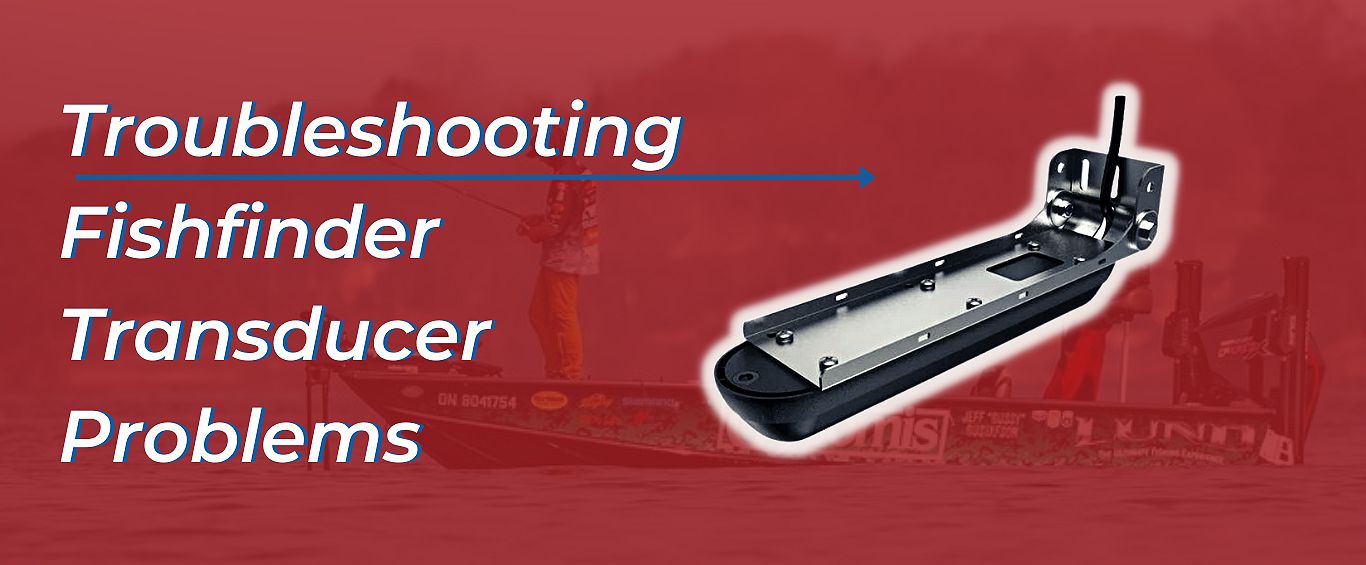
After all, the faster the issue gets fixed, the quicker you can get back to fishing and enjoying time on the water. Below, Lund Boats product manager, Rory Wiebe, explains how to troubleshoot common fishfinder transducer problems and offers tips for getting the best performance from your graph and electronics.
Fishfinder can’t read the bottom
An improperly installed transducer won’t send and receive sonar signals effectively, and can cause issues with the fishfinder displaying bottom depth. Wiebe recommends the following troubleshooting sequence to fix the issue.
Confirm the transducer is sitting properly within the mounting bracket. If the transducer has hit an object, like a stump for instance, it may be out of position.
With the boat on the trailer, ensure the transducer is level horizontally (i.e., port to starboard). Measure from the left side of the transducer’s split line to the top of the transom. Repeat on the right side. If measurements differ, loosen mounting screws and level the transducer.
Hold a ruler lengthwise fore and aft, pressing its top edge against the boat’s hull and extending it out along the transducer. A transducer mounted level to the waterline will follow a similar angle as the ruler. If the fishfinder is in this position but struggles reading bottom at high speeds, Wiebe suggests adjusting the transducer down a couple degrees to improve performance.
Move the ruler, if needed, to the inboard side of the transducer to check its height. The transducer’s outboard side should extend just below the ruler’s top edge, representing the water line. A transducer positioned too high may not have consistent contact with the water and not function properly. One set too low, however, can create a rooster-tail of spray and may impact boat performance.
For best high-speed operation and a clearer image, increase the ping speed setting to max.
Side-scanning only works on one side
This results from something blocking the side-scanning transducer’s signal. If multiple transducers are installed, the side-imaging one must be mounted below the others.
The motor can be another obstacle. Trim the engine up out of the way of the transducer beam.
Fishfinder error messages related to transducer connectivity or signal
Inspect the transducer’s cable and connections. A cut cable, as well as damaged or missing pins at its connection area, are some causes for fishfinder’s inability to receive data from the transducer. Repair or replace to fix the issue.
Next, review the fishfinder’s settings, confirming it’s linked to the transducer you want. Connection mix-ups can sometimes occur on networks with multiple fishfinders and transducers.
With the fishfinder powered on, place your hand in the water and under the transducer. You’ll feel a pulse or a clicking sensation when it’s working properly. If you don’t, it’s likely time for a replacement.
Tips to get the best performance from fishfinders and electronics
Read your fishfinder owner’s manual and installation instructions.
Don’t mount transducers behind a rivet line, I-Beam or other components capable of producing water turbulence.
Use a transducer mounting board to prevent drilling unnecessary holes in your Lund boat. Route transducer and networking cables away from batteries and power cables to prevent noise and interference on electronic displays.
Maintain clean, tight contacts between power cables and battery terminals.
Follow the manufacturer’s recommended gauge of wire when extending cables for electronics. Adjust fishfinder settings (e.g., sensitivity, color palette, sonar frequency, etc) to fine-tune performance.
Get Updates
Sign up for our newsletter
